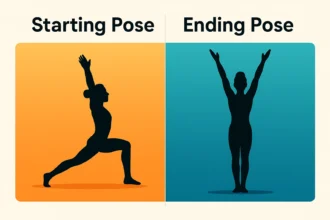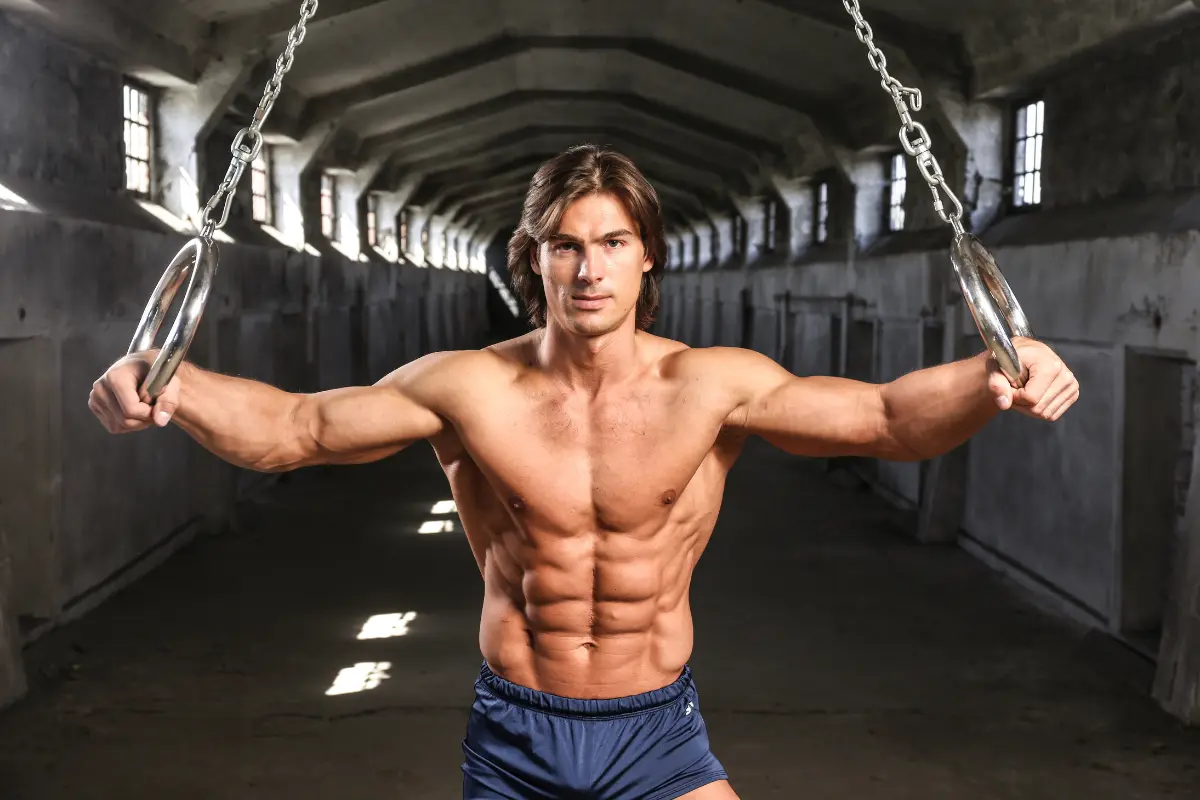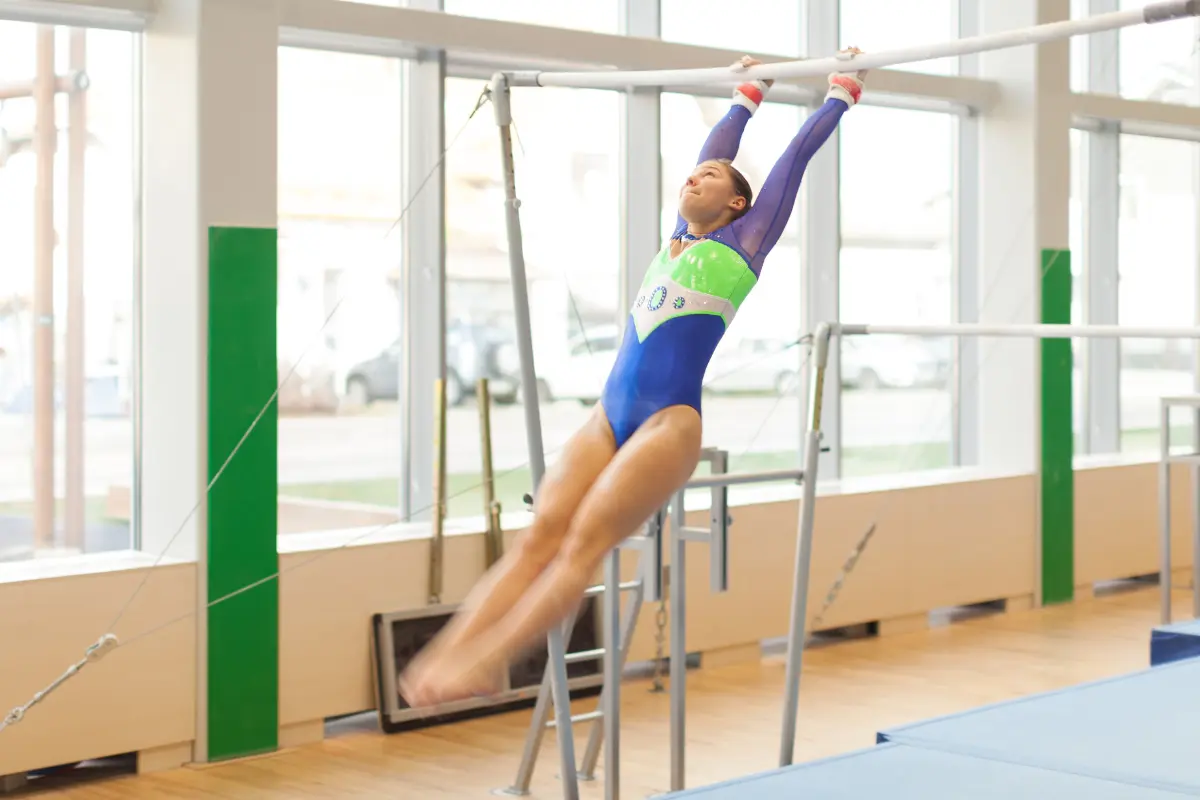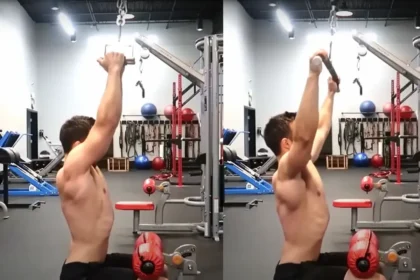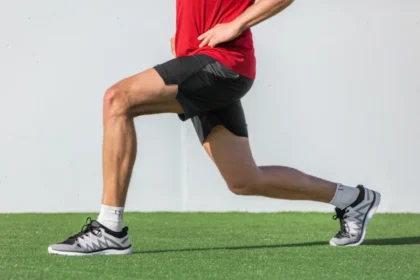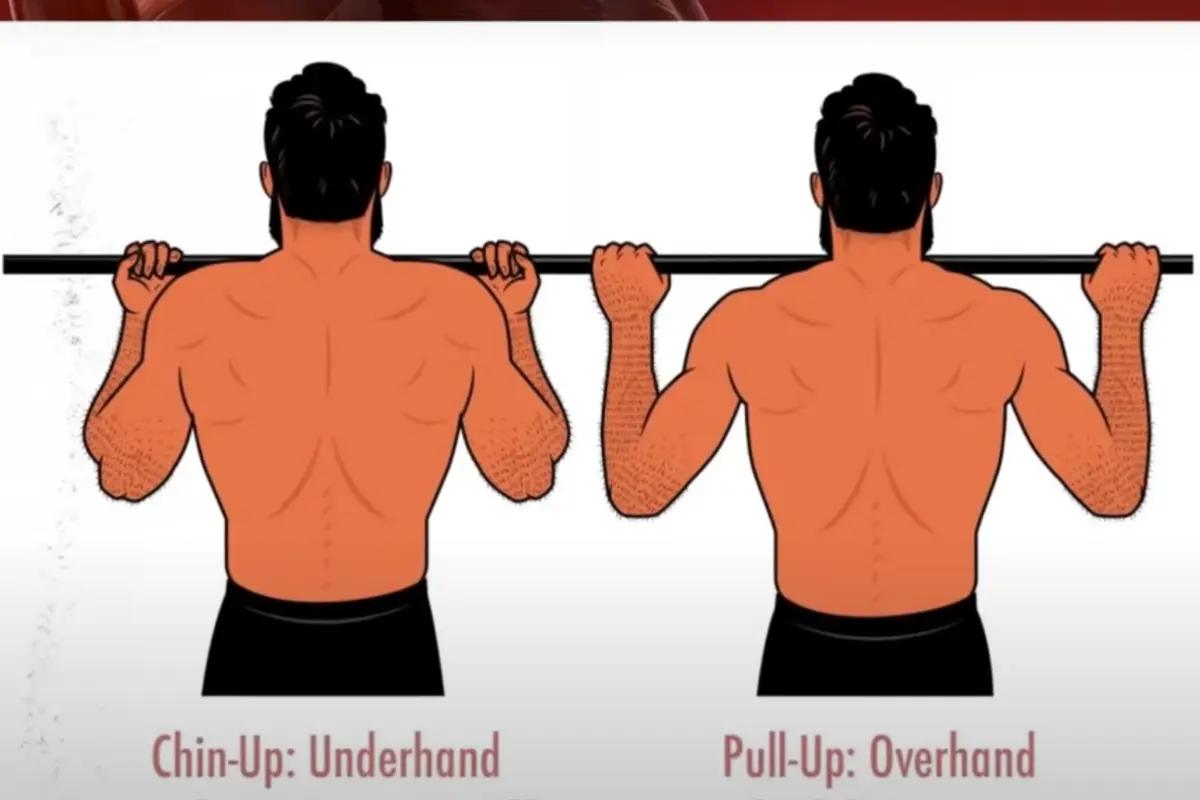Gymnastics rings might evoke images of sleek, agile athletes gracefully flipping through the air. Yet, curiously enough, they’re also considered one of the ultimate tests of raw, pure strength—earning their place in the conversation alongside classic “strongman” feats. But why exactly do these unassuming wooden or plastic circles hold such a powerful reputation?
What Are Gymnastics Rings?
Gymnastics rings, often just called “rings,” are two circular handles hanging from straps that are attached high above. Usually made from wood or durable plastic, these rings move freely in all directions. This makes them important equipment in men’s gymnastics, where they test strength, stability, and skill. Athletes use rings to perform challenging moves like the iron cross, maltese, and inverted holds.
Rings first appeared in the Olympics back in 1896. Since then, they’ve been seen as a true test of strength and control over one’s body—skills respected in many sports and strength disciplines.
What Makes Gymnastics Rings So Challenging?
Unlike exercises done on solid ground or fixed bars, rings move freely and unpredictably. Because of this movement, you must continuously adjust your balance and coordinate your muscles carefully. The instability of the rings makes even simple exercises much harder. Basic moves like push-ups or dips become difficult because your muscles need to constantly work to keep your body balanced.
Advanced skills on rings, like the iron cross (where gymnasts hold their bodies horizontally with their arms stretched out), are seen as one of the hardest tests of strength and control. Mastering these moves isn’t just about strength; it also involves precise technique, patience, lots of practice, and great endurance. Successfully performing advanced ring exercises is a big accomplishment in gymnastics and general strength training.
Gymnastics Rings vs. Pull-Up Bar
Pull-up bars are common equipment used in strength training. Exercises like pull-ups, chin-ups, and muscle-ups performed on a stationary bar mainly target larger muscle groups. Gymnastics rings, however, take these exercises to another level.
On rings, you don’t just work your large muscles; you also engage many smaller muscles that help stabilize your body. This extra effort greatly improves your strength, coordination, and overall control of your body.
One clear benefit of pull-up bars is their stability, making them great for beginners or people aiming to improve their endurance and perform many repetitions quickly. Rings, in contrast, are less stable and require your muscles to constantly adjust and stay tense to keep you balanced. This makes exercises on rings more challenging but also more effective in building strength and improving muscle responsiveness.
Ring exercises like dips, inverted rows, and muscle-ups need careful control, strong grip, and precise movements. Although you usually can’t do as many repetitions on rings compared to a pull-up bar, each rep is much tougher. This increased difficulty makes rings especially good for building strength and developing clear muscle definition.
Gymnastics Rings vs. TRX
At first glance, gymnastics rings and TRX straps look alike because both hang from above and use body weight to provide resistance during exercises, however, they’re designed for slightly different purposes.
TRX straps usually have comfortable handles and foot loops, making them easier and more versatile to use. People often use TRX in general fitness classes, rehabilitation, and workouts that aim for overall health.
Gymnastics rings, though, are specifically meant for strength training. They don’t have extra support or grips, making every exercise harder because you must rely on your own strength and balance. With gymnastics rings, each move places greater demands on grip strength, shoulder stability, and precise control of your muscles. Exercises like ring dips, muscle-ups, and various holds require careful technique and focus, making them especially appealing to experienced athletes.
Gymnastics Rings vs. Weights
Both weight training and gymnastics rings effectively build strength, but they do so in different ways.
Weightlifting uses external resistance like dumbbells, kettlebells, or barbells. This makes it easy to gradually increase the weight you lift, helping you specifically target certain muscles. Weightlifting is great for isolating muscle groups, building muscle mass, and developing strength through controlled movements.
Gymnastics rings, however, depend entirely on your body weight. This means progression can be less direct, but the results can be uniquely rewarding. Because rings are unstable, they require constant engagement from your core, shoulders, arms, and stabilizing muscles. This type of training greatly improves your overall coordination and ability to perform everyday movements and athletic activities. Unlike weightlifting, rings don’t isolate muscles; instead, they train your body to work as a single, coordinated unit.
Training with rings also helps improve your mind-body connection. Each exercise demands precise control, balance, and constant adjustments. This not only builds physical strength but also improves agility and athletic performance in ways traditional weightlifting exercises may not address as directly.
Conclusion
Gymnastics rings have earned their place as a “strongman” event because they uniquely combine strength, endurance, precision, and balance. Their challenging nature tests both your physical and mental toughness.
When compared to pull-up bars, TRX straps, or traditional weightlifting, gymnastics rings stand out due to their intensity and comprehensive approach to building strength. So, if you’re looking for a true test of your strength and control, gymnastics rings offer a rewarding and challenging workout.



